
As parts of Florida still recover from Hurricane Irma, community association leaders wonder whether they are prepared for the disruption and expense of the next big storm.
©2018 Community Associations Institute
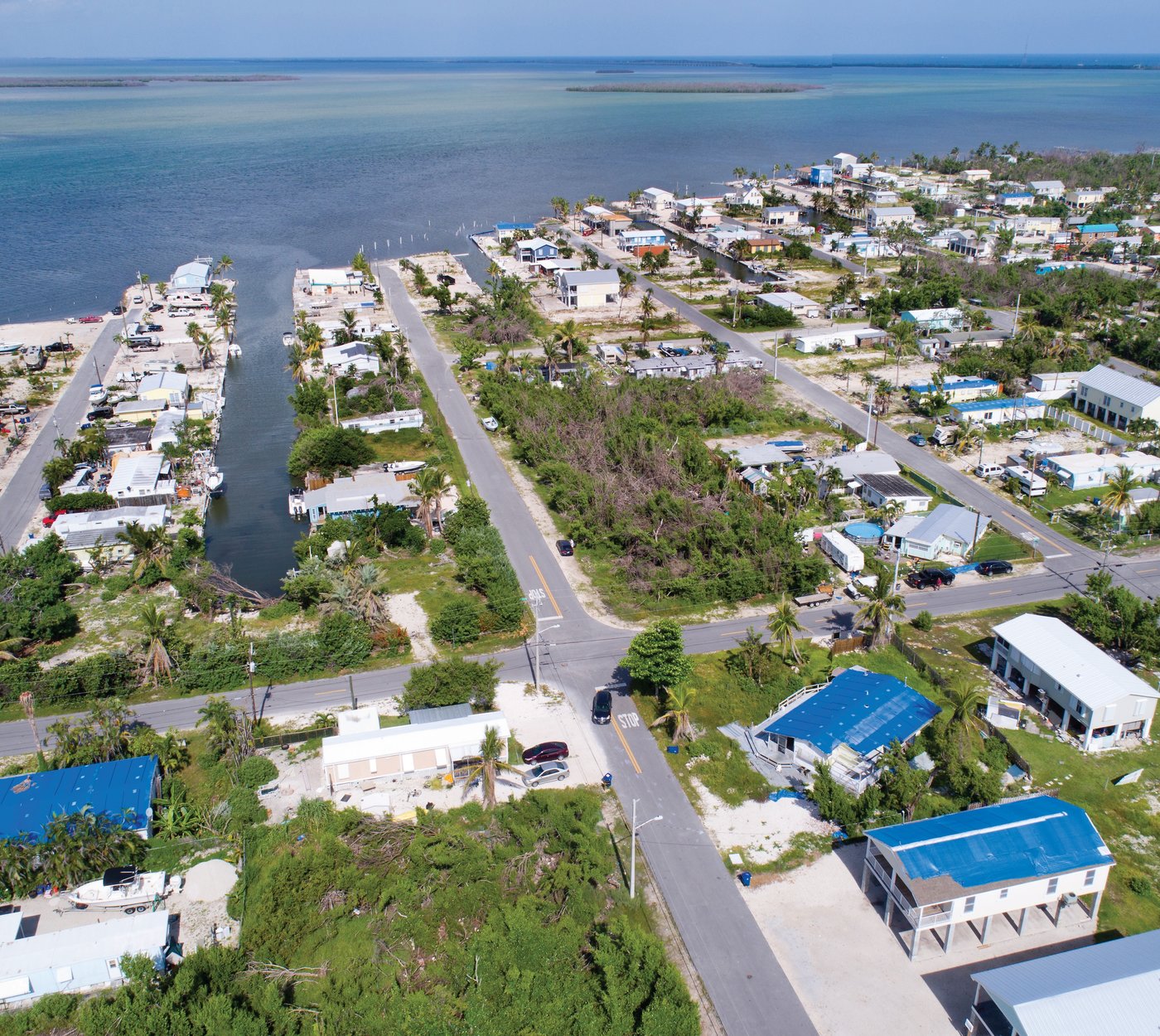 | THE FALLEN TREES and limbs have been removed. Most of the roofs have been repaired. With the exception of parts of the Keys, Florida is back in business a year after Hurricane Irma. But the scars are visible: blue tarpaulins covering damaged or missing roofs; windows still without glass; stumps where massive trees had offered shade from the summer heat; and exposed pylons where a condominium seawall was torn apart. Less apparent are the psychological wounds for homeowners and for those who manage community associations. Even though Irma wreaked less havoc than some weather forecasters and government officials predicted, association leaders are worried about the next big storm. Will owners evacuate? Can buildings damaged by Irma take another substantial hit? Will insurance coverage and association budgets be adequate when the next storm bills are due? “There's a heightened sense of anxiety," says Donna DiMaggio Berger, a shareholder with Becker & Poliakoff in Fort Lauderdale and a fellow in CAI's College of Community Association Lawyers (CCAL). “Some people still haven't made full repairs from Irma." |
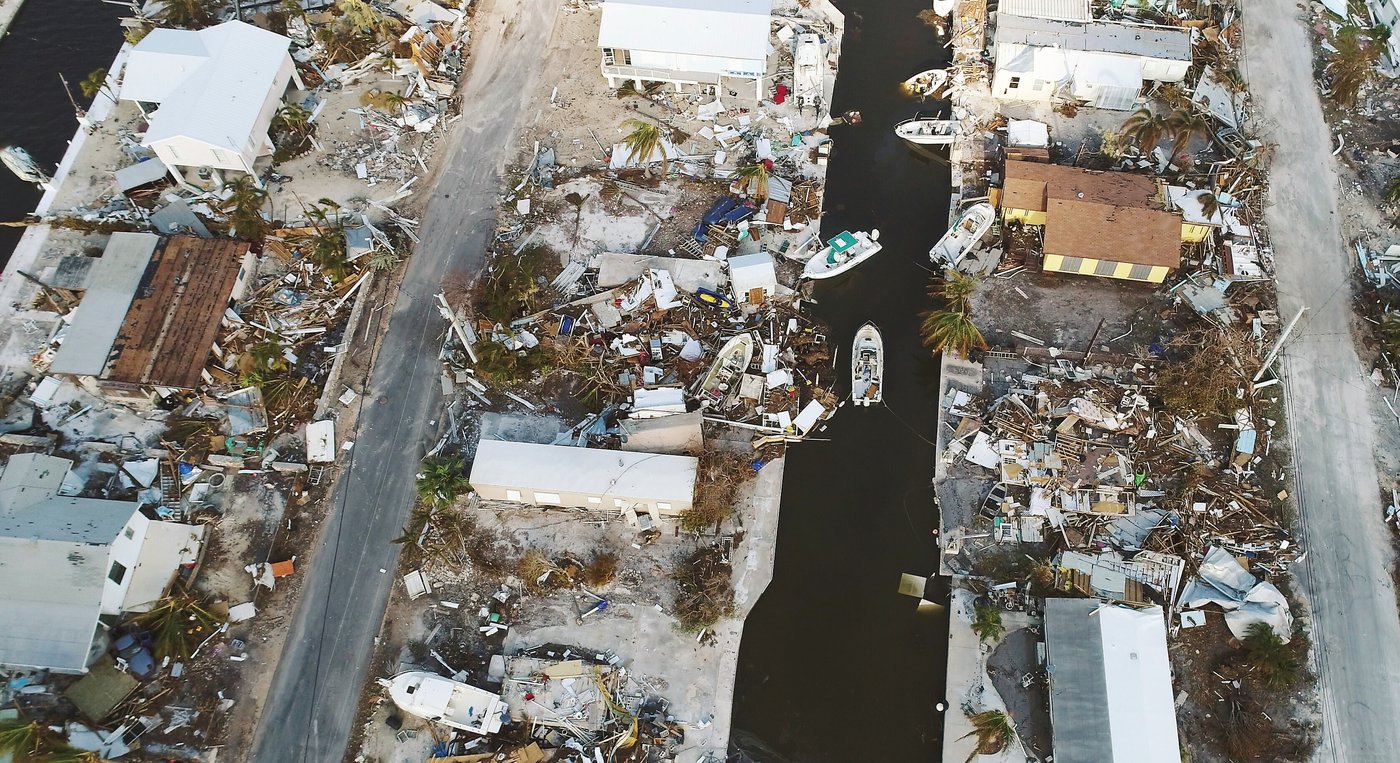 | THE STORM ROARED ASHORE as a Category 4 hurricane—one notch below the highest rating—on Sept. 10, 2017, with heavy rains, flooding, and winds whipping at 130 mph. After ravaging the Keys, Irma made a second landfall later that day near Marco Island in Collier County as a Category 3 storm. It continued to weaken as it headed north. At one point, more than 7 million homes and businesses were without electricity in the Sunshine State. Irma's total damage to the U.S.—the vast majority of it in Florida—is estimated at more than $50 billion, according to the National Oceanic and Atmospheric Administration. At least 80 deaths in Florida were directly or indirectly linked to the storm, according to the National Hurricane Center. Big Pine Key was hit particularly hard. Nine months after Irma, tarps were a common sight, and some residents remained homeless. The Federal Emergency Management Agency said that Irma destroyed one-fourth of the homes in the Keys and damaged virtually all the rest. For months, millions of cubic yards of debris lined U.S. Route 1, the road to the mainland. Martin Senterfitt, emergency management director for Monroe County, which includes the Keys, said in June 2018 that there were still substantial delays for repairs to homes in the county due to a shortage of affordable housing for construction workers and a scarcity of building materials. On Marco Island, the Ville de Marco West community suffered extensive damage to its seawall. As of July, repairs were still underway, and 10 of 72 units remained uninhabitable. Because Irma washed away so much soil from the area, some sidewalks were unsafe, and utilities were disrupted, says Heather Hassell, manager of the community, which was built in the early 1970s. She hopes all units will be available to owners by early 2019. “Not only has the impact been heavy physically, followed by a heavy special assessment, but the impact of Irma has taken its toll emotionally," says Hassell. “Ville de Marco West has many longtime owners. Many families have made memories here. The Ville de Marco West 'Point,' as it is affectionately called, was a familiar and recognizable feature of the Marco Island waterway. The owners are anxious to restore their paradise and the Point and look forward to the day it will stand even stronger than before," says Hassell. Meanwhile, “Fly-by-night (repair) companies have moved into Florida and scooped up employees, promising bigger wages (than) traditional companies that have been down here," says John Strohm, senior vice president and chief operating officer of Alliant Association Management in Fort Myers and Naples. Alliant manages more than 150 communities. The severity of the damage varied not only by location but also by the age of the structure. “The older the property, it appears, the more the issues— mostly water intrusion, rain, and roofs," says Strohm. Even in communities that incurred moderate damage, finding a place to store debris until it could be hauled away was a challenge. Six months after the storm, one association still had an ad hoc landfill on what had been open space. The massive pile of trees, tires, toilet seats, and other storm-related waste drew the ire of residents and local government officials. Irma won't be forgotten soon. |
THE NEXT BIG ONE
Association leaders disagree over whether owners and renters will heed evacuation orders the next time they are issued by government officials. Many residents who stayed during Irma were upset by the lack of electricity, which made air conditioning, elevators, and other normal operations unavailable. Memories of long lines at gas stations, shortages of food and water, and mountains of debris also might give some residents reasons to leave the next time.
“Put the visuals right in front of them," suggests Chuck Schumacher, CMCA, AMS, general manager of the Monaco Beach Club in Naples. “A hurricane isn't anything to take lightly."
Though many homeowners rode out the 2017 storm, “Many, many people I talked to said they would never do it again," says Fairchild.
However, some worry about the “cry wolf " phenomenon: Because the storm caused less damage than officials predicted, owners and renters might believe that warnings are exaggerated and decide to remain in their units the next time.
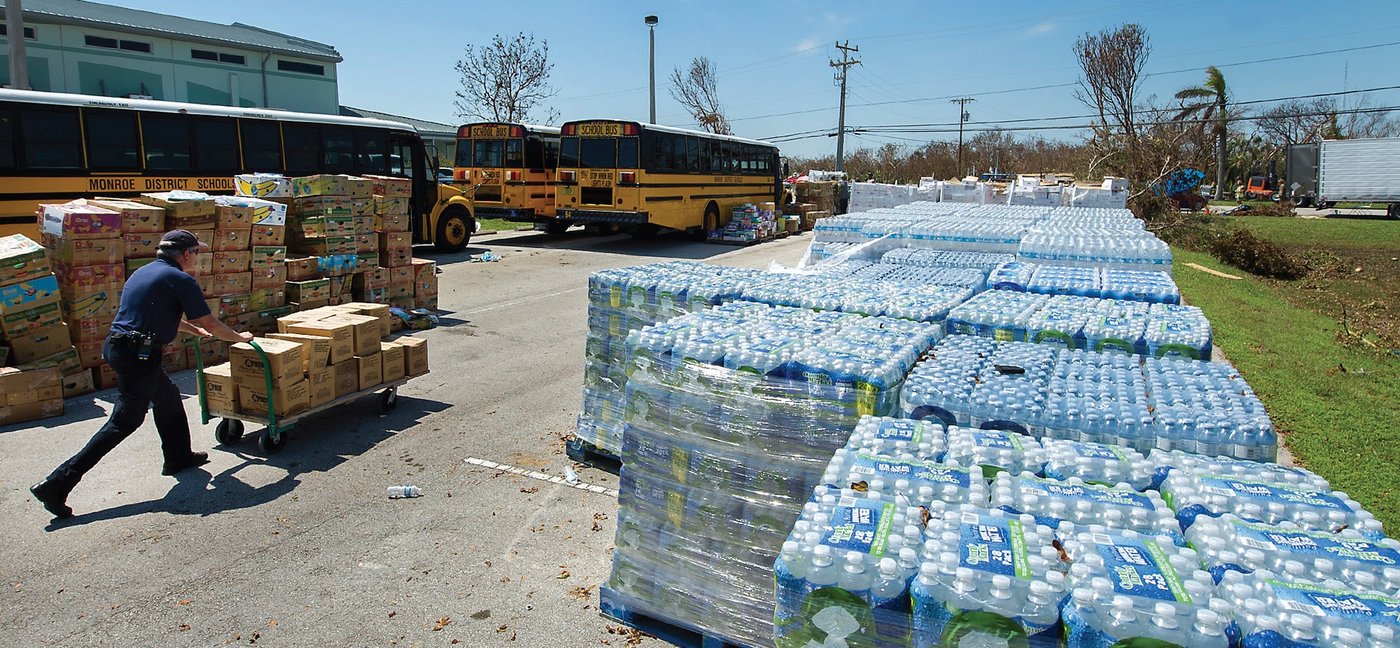 | 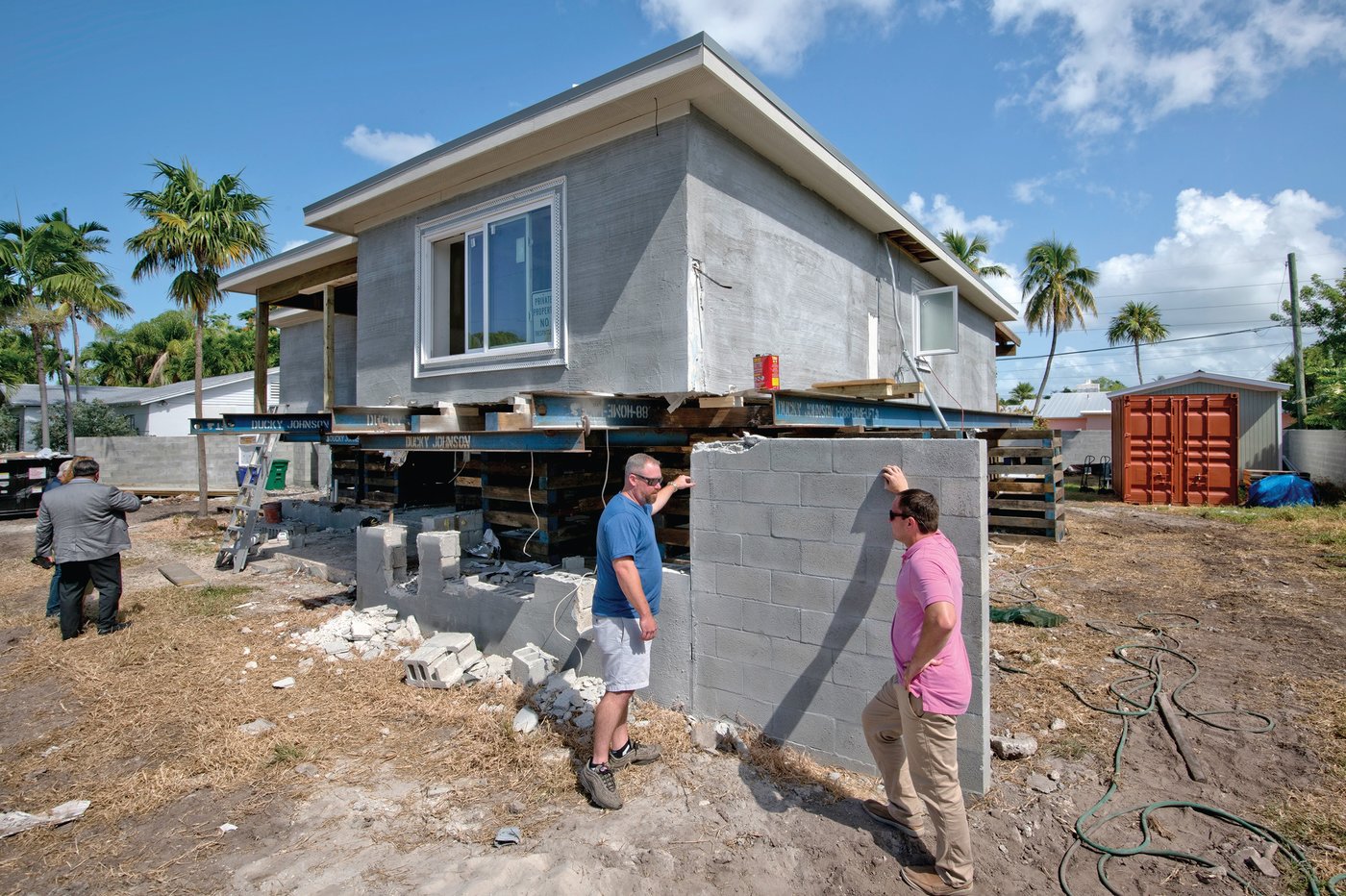 |
“My feeling is that when the next storm comes, a lot of people are not going to leave," says Randy Niles, manager of the Key West Golf Club Homeowners Association. Some might forget that access to drinking water was sporadic for weeks in some areas, he notes.
Dealing with evacuations ahead of hurricanes is a particularly tricky issue for communities. They need to know who is staying, but they cannot assume responsibility for the safety of residents and the security of their units.
Knocking on every door might seem like a good idea, says Ellen Hirsch de Haan, an attorney with Wetherington Hamilton in Tampa, a CCAL fellow, and a CAI past president. But there is the potential for trouble. “What if you miss somebody?"
Irma exposed holes in some associations' communications systems. Even Monroe County emergency management officials learned a lesson when their primary and backup communications systems went down—both depended on fiber-optic cables, which were damaged by the storm. Senterfitt urges every association and agency to have “multiple layers of redundancy" for their communications systems.
“You need a combination of good old fashioned methods like bulletin boards and modern technology," says Berger.
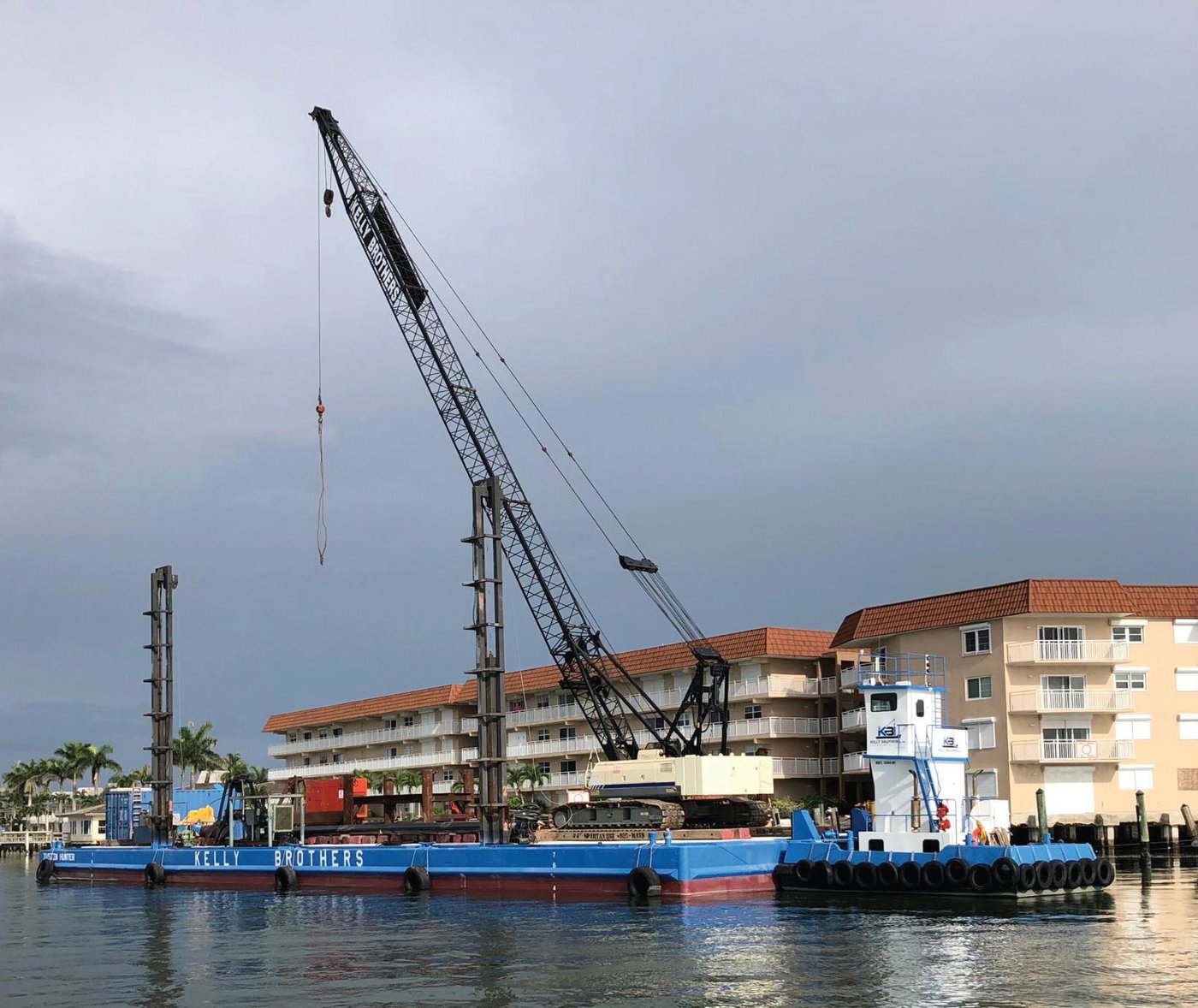
Dealing with the immediate aftermath of a hurricane is critical. After Irma, some association managers and board members invoked emergency powers under a new Florida law that recognizes that following some routine procedures—like obtaining board members' approval of vendor contracts—won't always be possible right after a hurricane.
Judy Mahaffey, vice president of the Villa Palmeras Homeowners Association in Sarasota, is happy that the law was in effect in 2017.
“Our management company had no electricity until October. Our attorney wasn't available. I was the only board member here," says Mahaffey, who led the board when Irma stuck. When she contacted vendors to arrange help after the hurricane, “I was able to tell them 'I'm the president.' They took the call."
'I DIDN'T SIGN UP FOR THIS'
The storm and its aftermath have taken a toll on association leadership, warns Jonathan Busa, vice president of business development and administration for Alliant.
“We've seen a lot of board turnover, members who have been on the board for years saying, 'You know what, I didn't sign up for this.' They're walking away," he says, adding that other board members have been voted out of office by homeowners unhappy with their storm preparedness or response. “We've seen a very much higher degree of anxiety within our communities."
While some associations have strengthened their hurricane plans, de Haan is concerned that too many haven't taken to heart the lessons of Irma.
In April 2018, de Haan taught a class on emergency preparedness where she discussed the basics, such as keeping on hand cash, copies of insurance policies and deeds, photos of buildings, and other assets on paper and hard drives. She says attendees were scribbling notes frantically. “People were reacting as if it were all new to them. It kind of concerns me," she says. “You can lead people to knowledge, but you can't make them think."
Berger would like to see a state law requiring that community associations have emergency plans that cover hurricanes.
Fairchild says her association has debated whether to shut down major mechanical equipment during a hurricane. Generators, elevators, and pumps are essential, she notes. But leaving them on risks severe damage to the equipment and lengthy periods when they are not available. “Discuss this with the board of directors and notify owners in advance so they are well aware what they will be facing if they choose to stay," she advises.
Fairchild agrees that storm preparation is very important. Every association needs a good team and really good relationships with their contractors. She adds: “I would like to think we're ready" for the next hurricane. “I hope that we don't need to be."
Steve Bates is a freelance writer in the Washington, D.C., area.
HOW EFFECTIVE IS YOUR HURRICANE PLAN?
Many community associations in Florida have an emergency plan that they will activate as a hurricane approaches. But just how thorough is yours?
With 119 units, the Esperia at Bonita Bay condominium in Bonita Springs isn't among the largest in the state, but it has a highly structured and detailed hurricane plan. A committee produced the plan, which was approved by the Esperia board in April and distributed to staff and residents.
It's written with military-style precision, featuring an Incident Command System complete with a flow chart of key steps to be taken before, during, and after a major storm. “I know what to do, and my staff knows what to do," says Manager Deanna Smith.
The document includes many standard features of a hurricane plan, such as:
■ Emergency contact information
■ Responsibilities of the board, building management, and residents
■ A list of services that might be unavailable during and after a hurricane In addition, it includes some features that might be worth adding to formal storm plans by other associations, such as:
■ A checklist for management's incident commander
■ A checklist of things that residents should do before they evacuate
■ A prepared notice advising residents of an impending hurricane and the risks of staying
■ A form to be filled out by residents who decide to stay
■ Checklists for pre-storm and post-storm communications
■ A checklist for the post-storm grounds survey and cleanup
■ A checklist for the post-storm inspection of residential units
■ What residents should know about the association's insurance coverage and reserve funds —S.B.
© 2018 Community Associations Institute. Further reproduction and distribution is prohibited without written consent. For reprints, go to www.caionline.org/reprints.
WANT TO READ MORE?
Join CAI to get the full issue of Common Ground magazine and receive additional member benefits.

